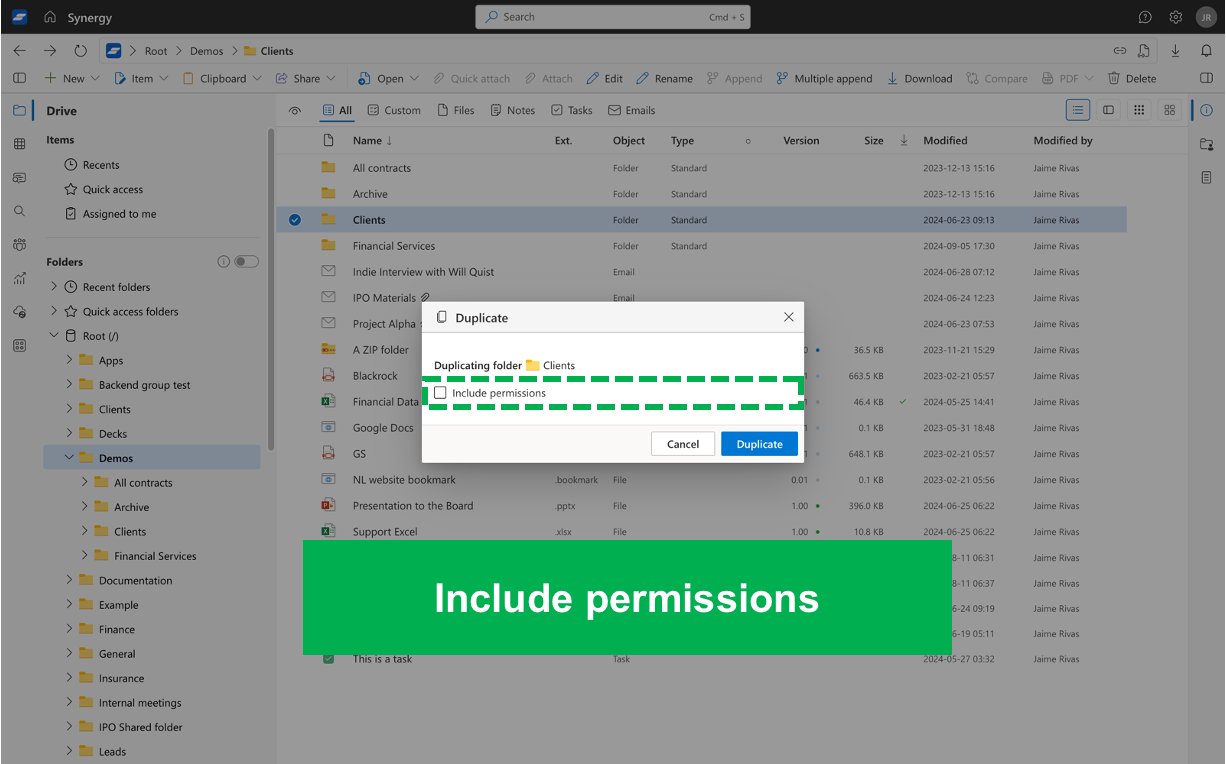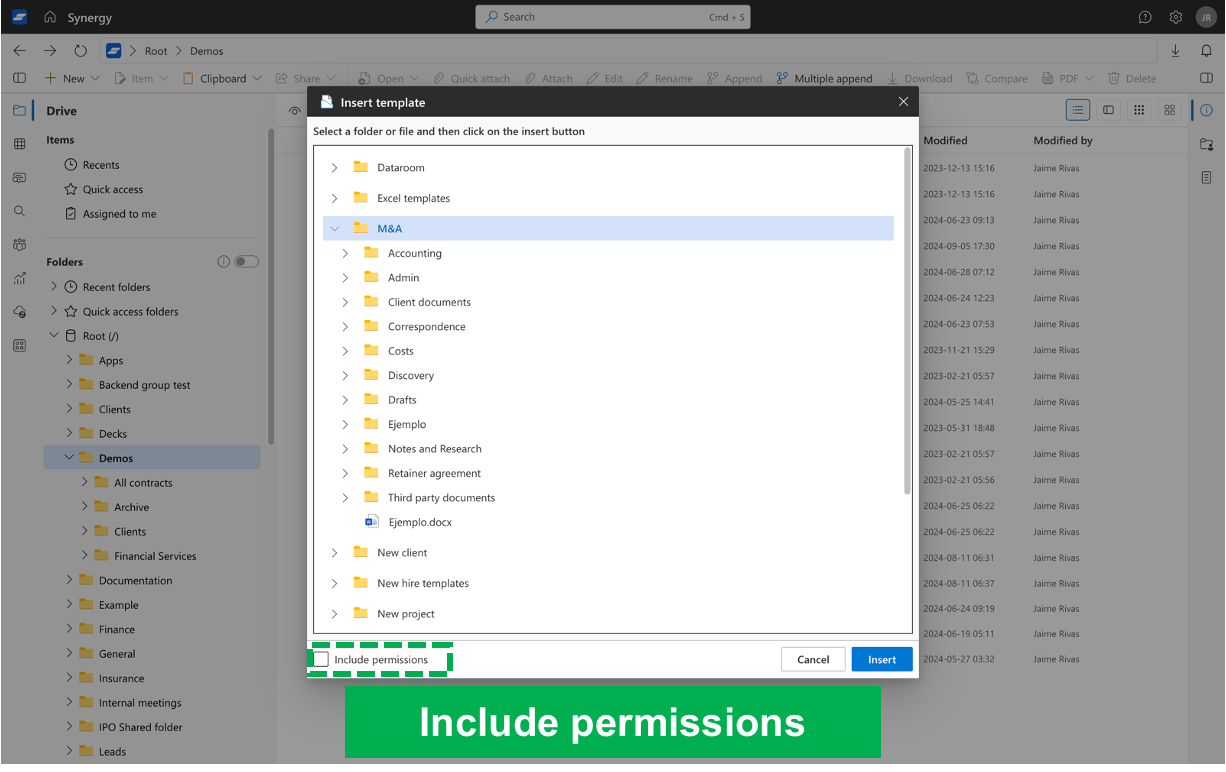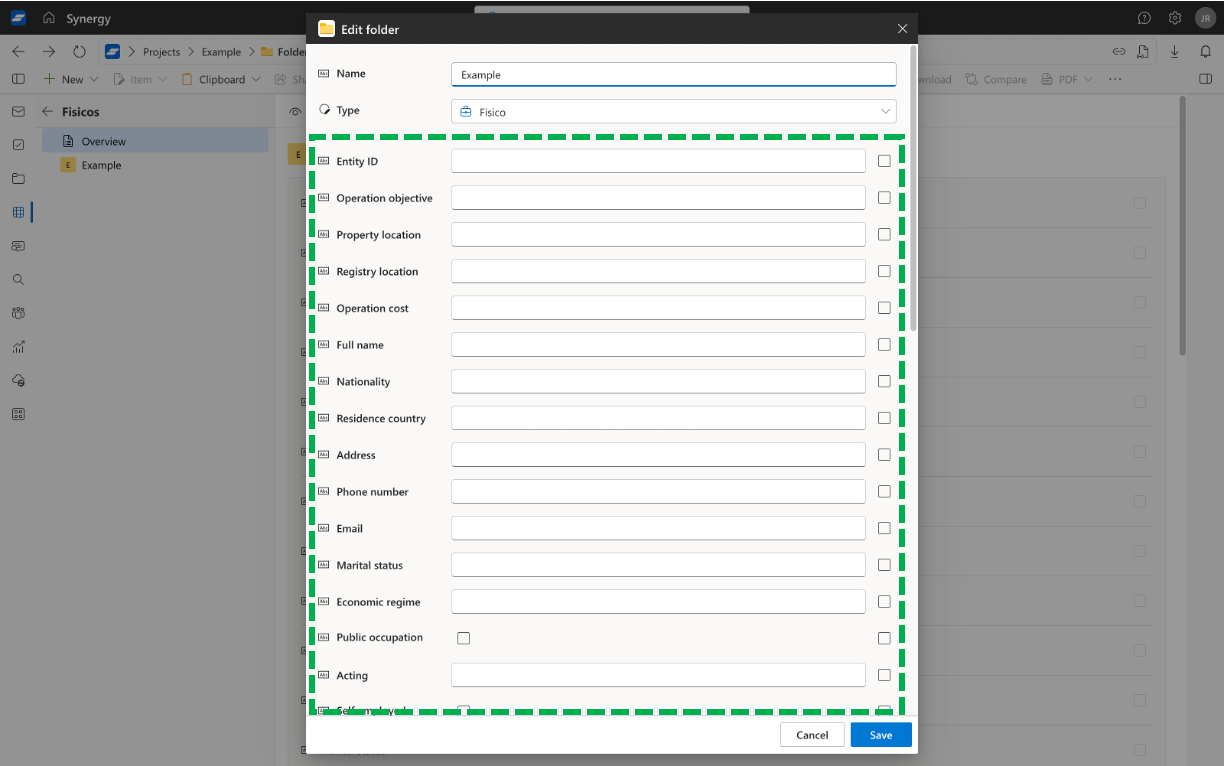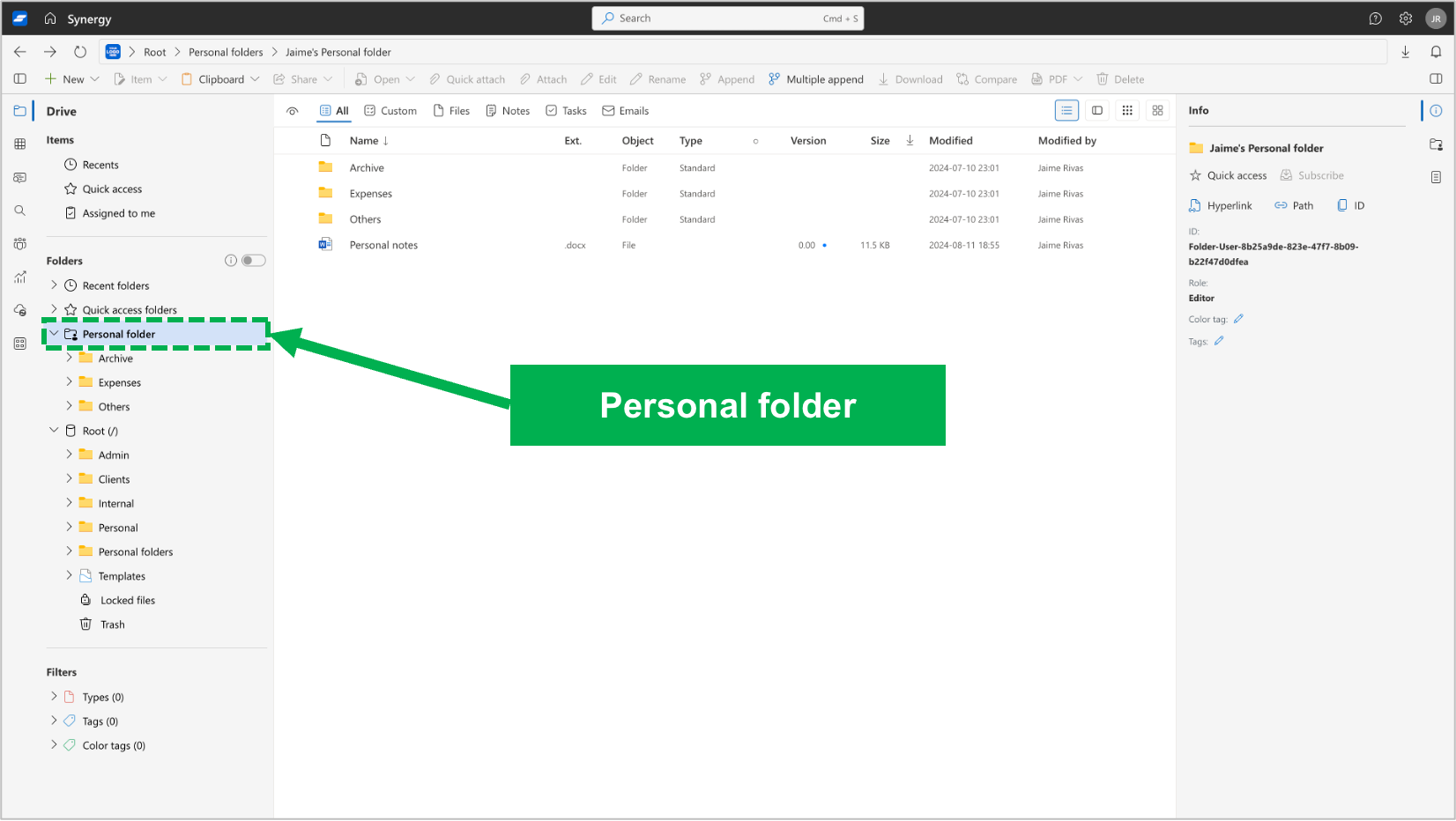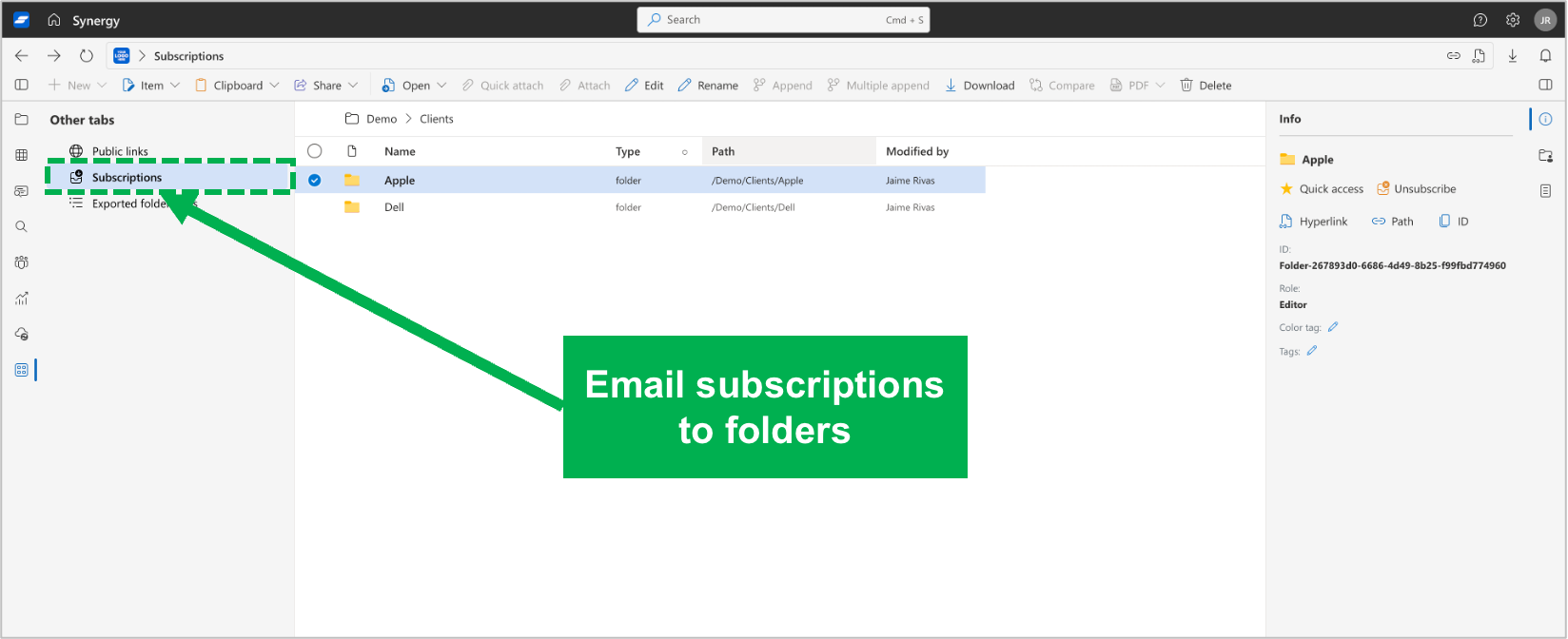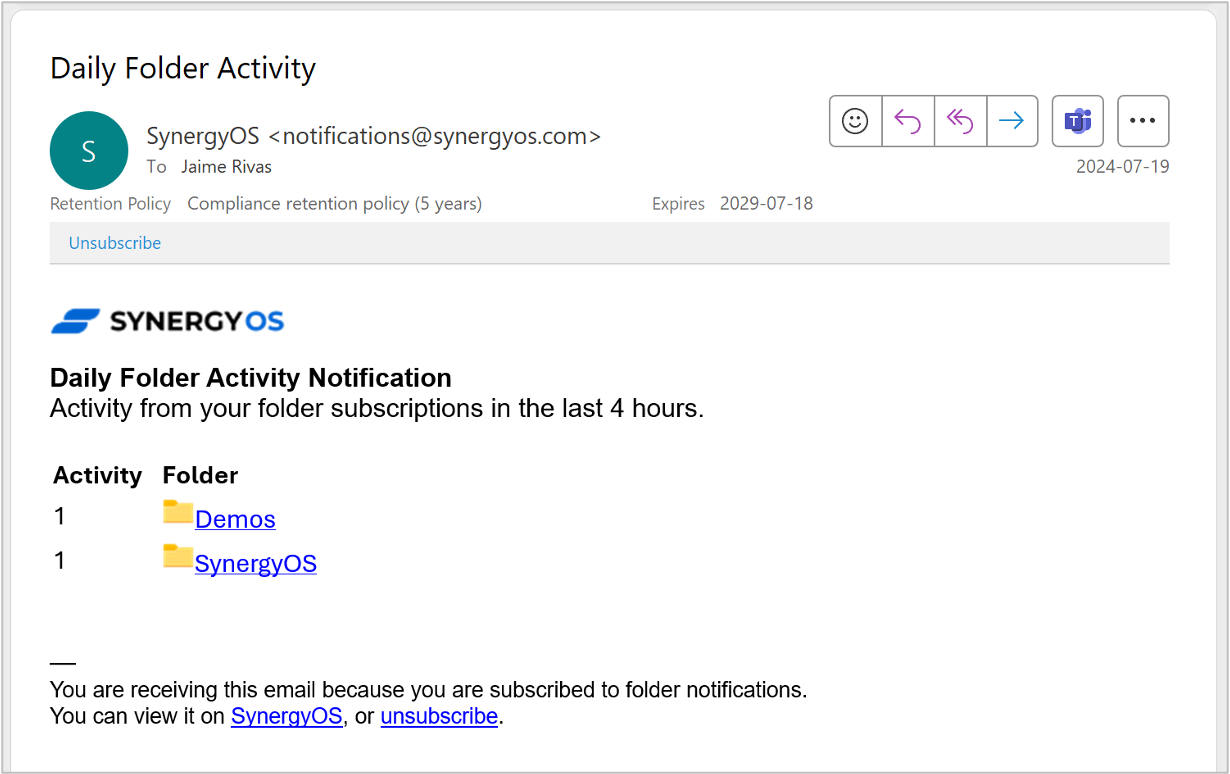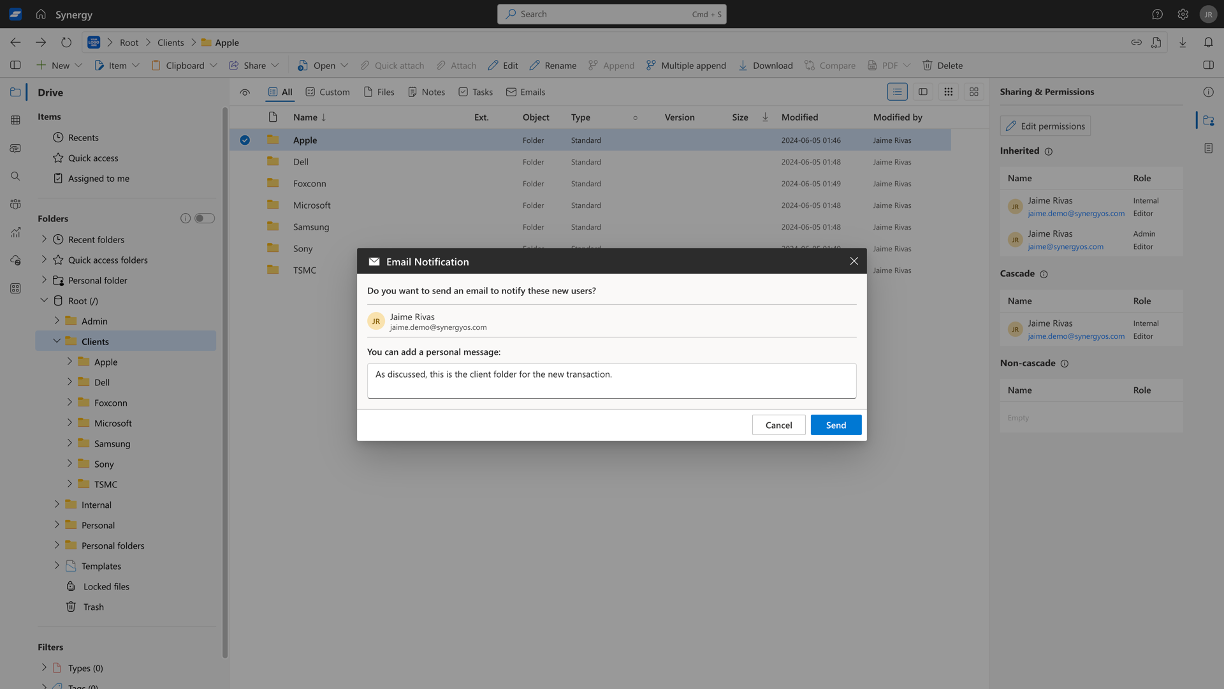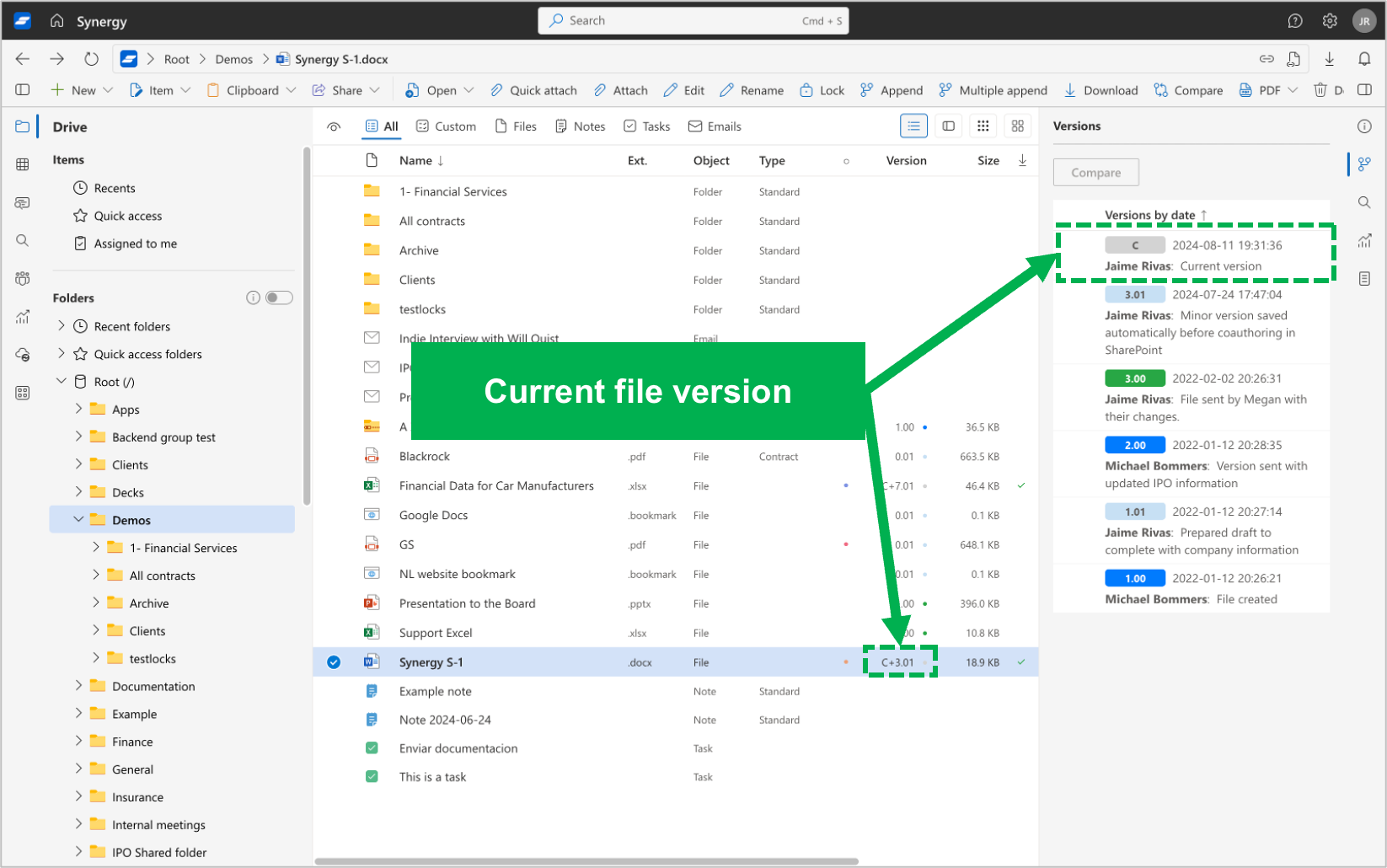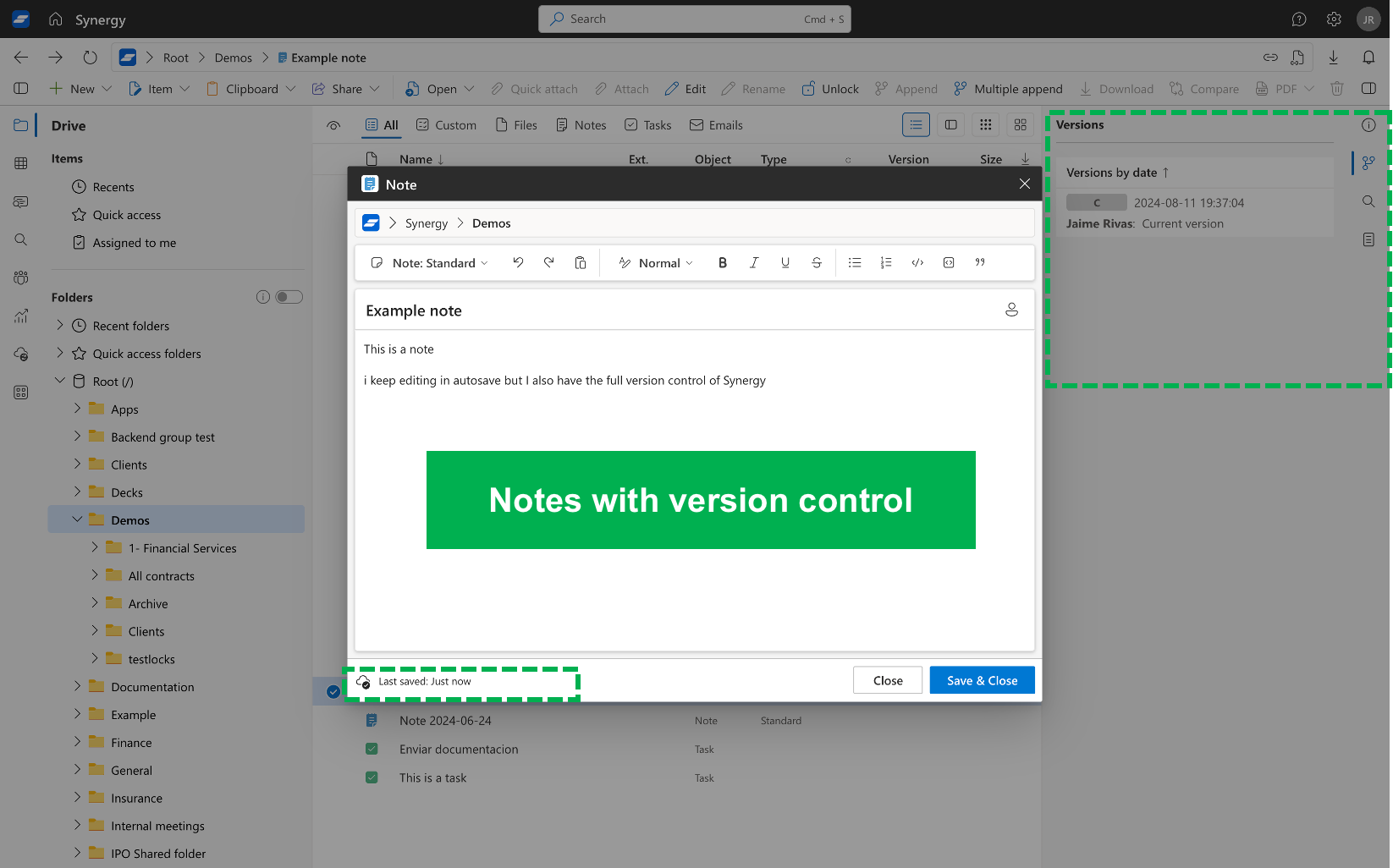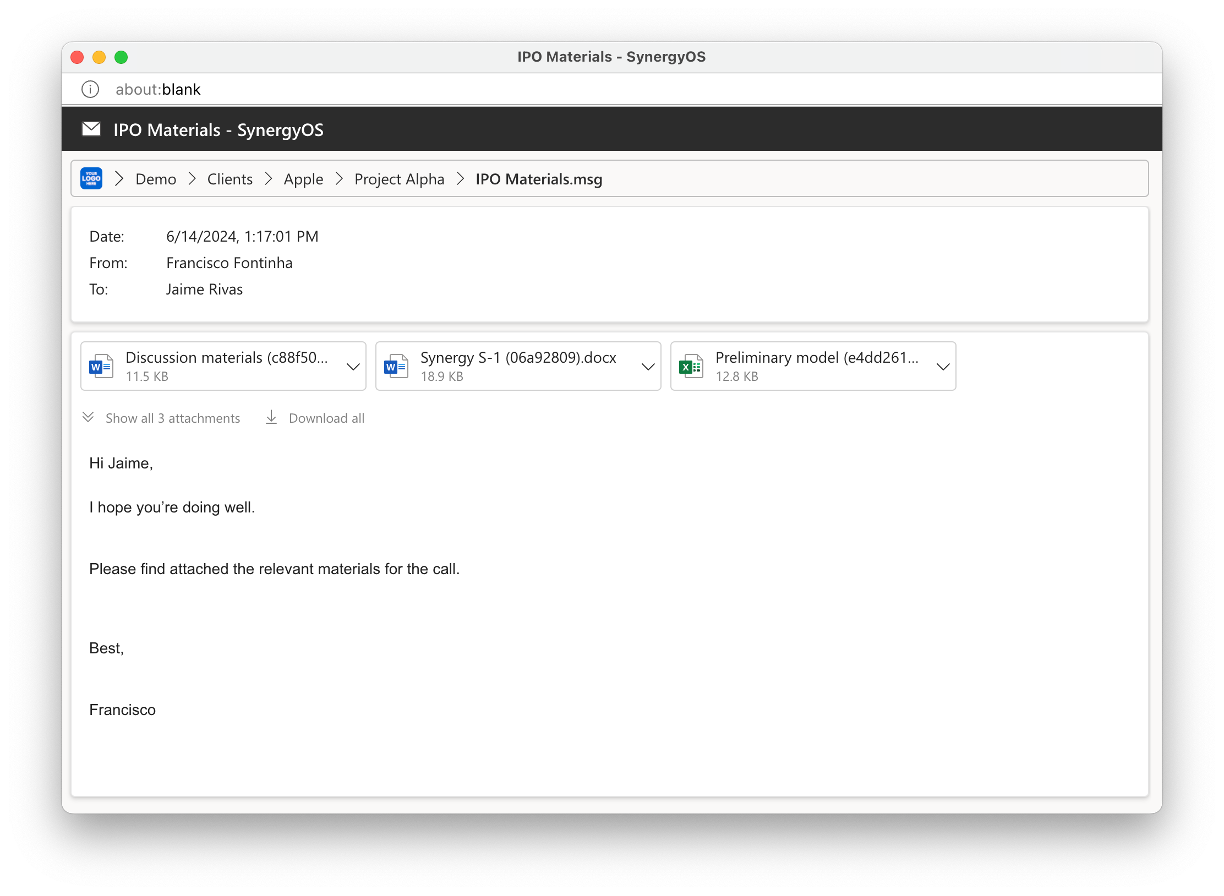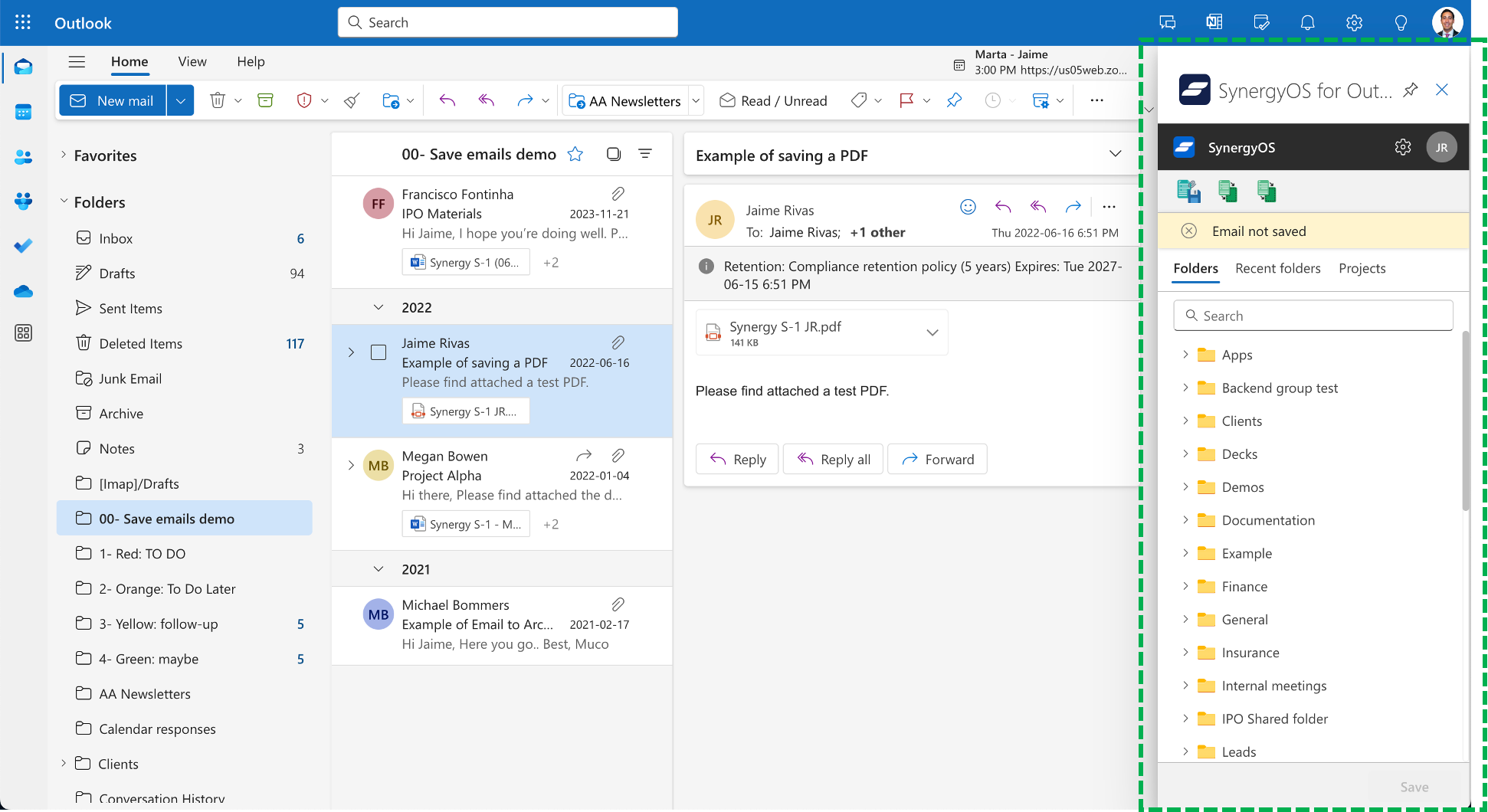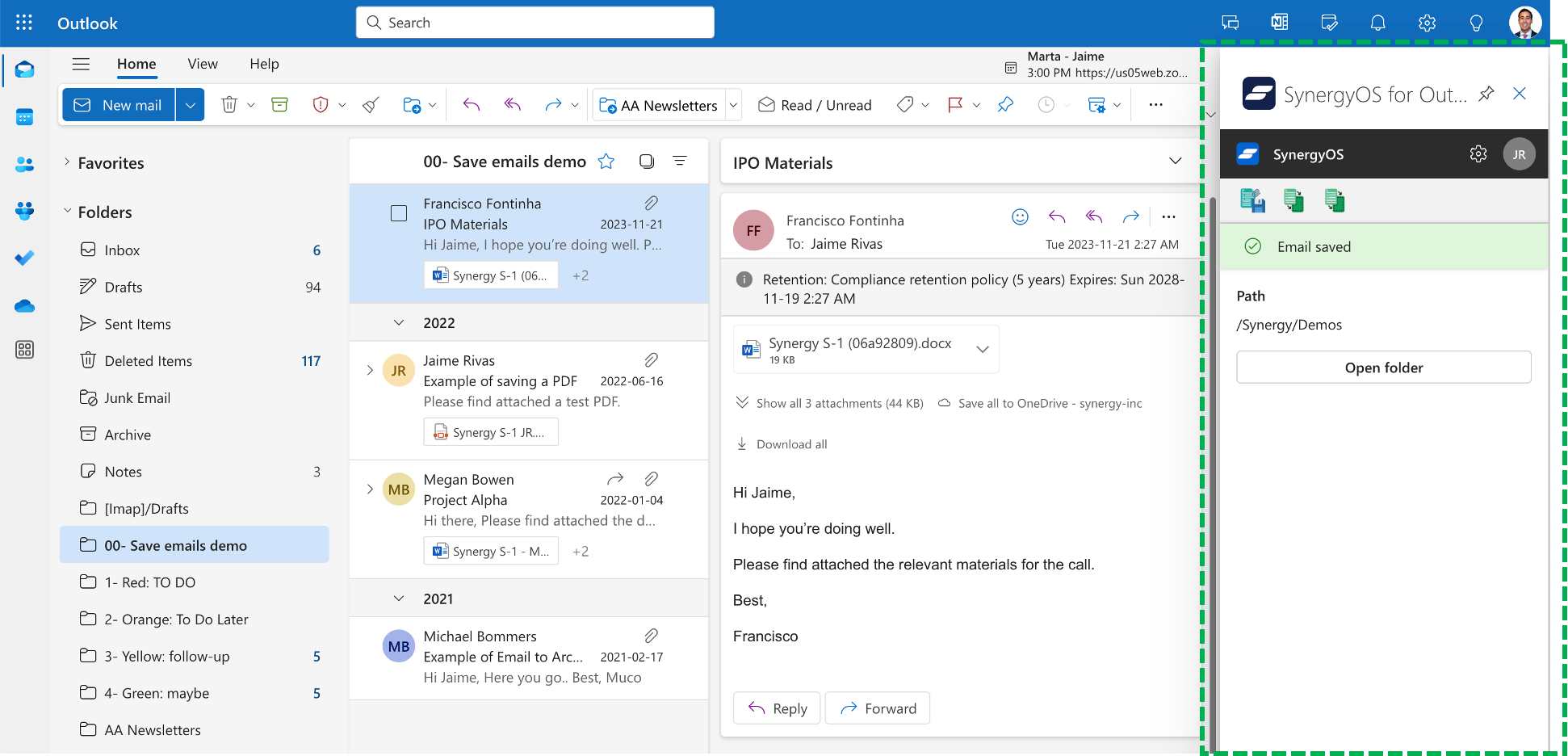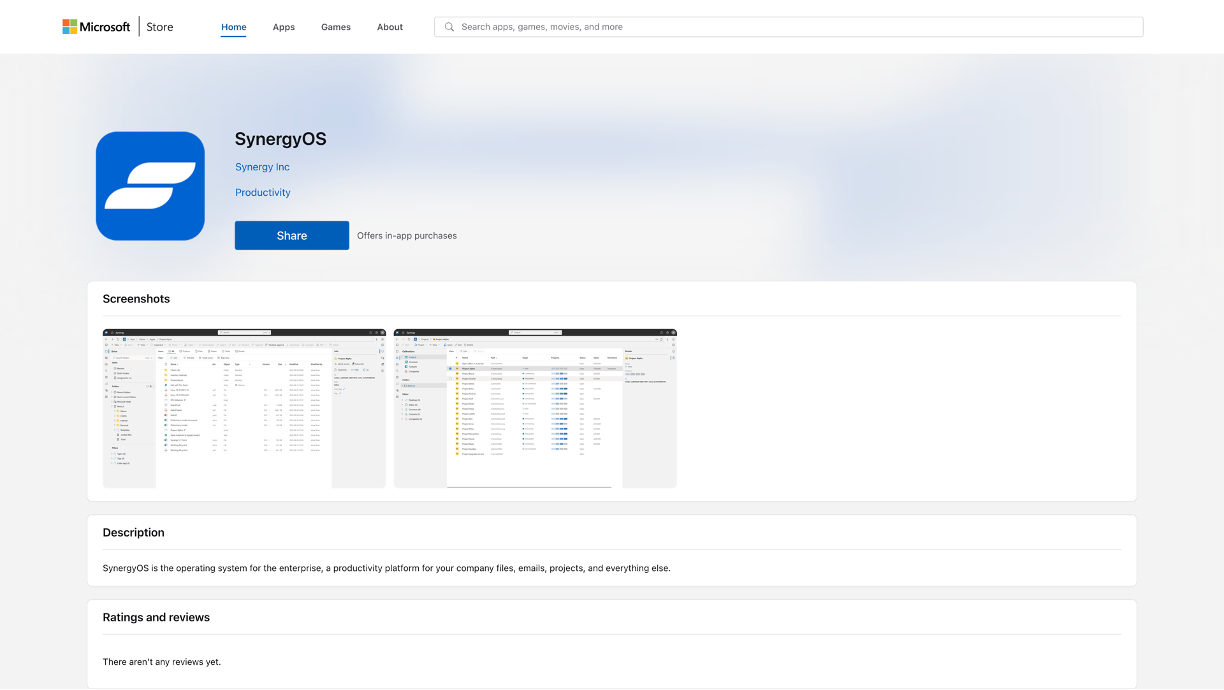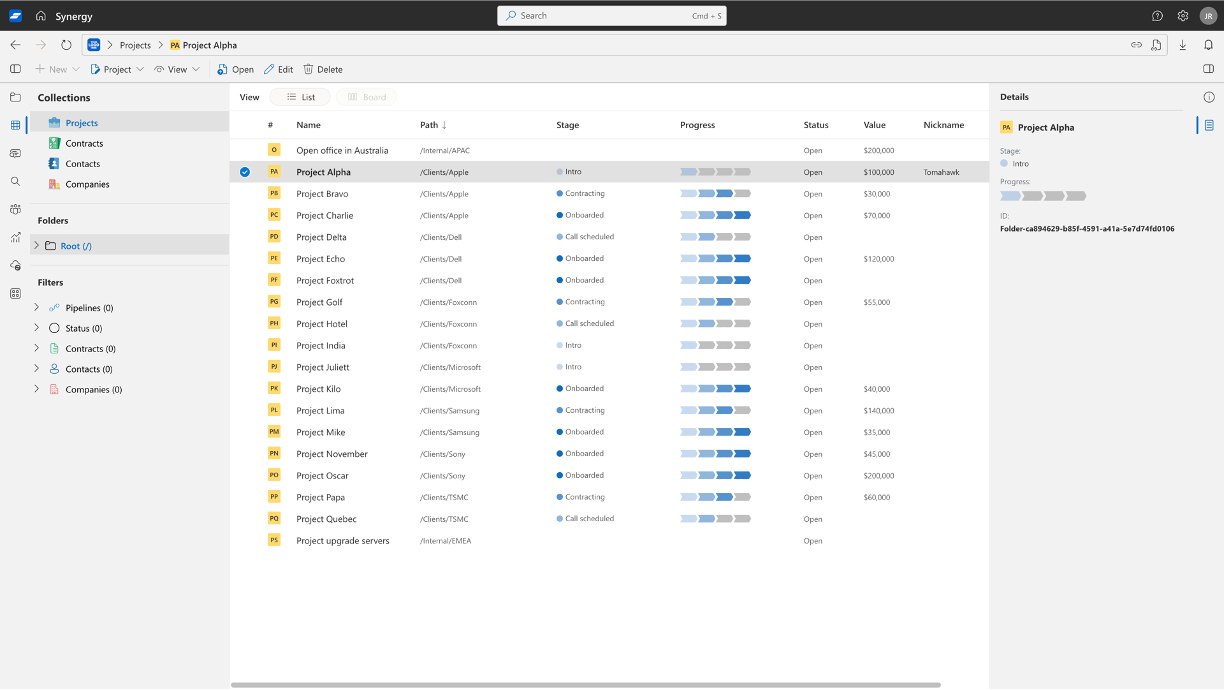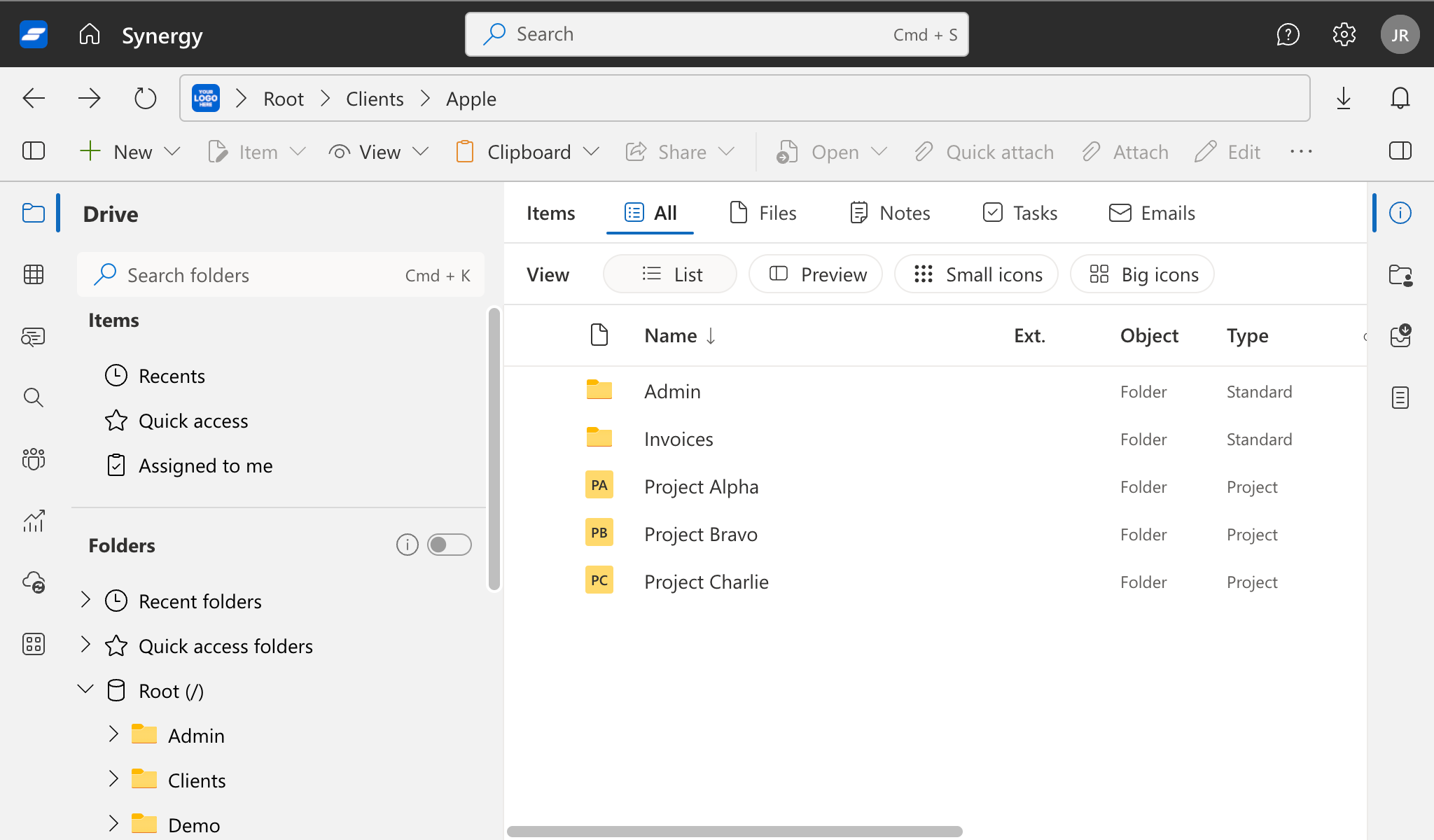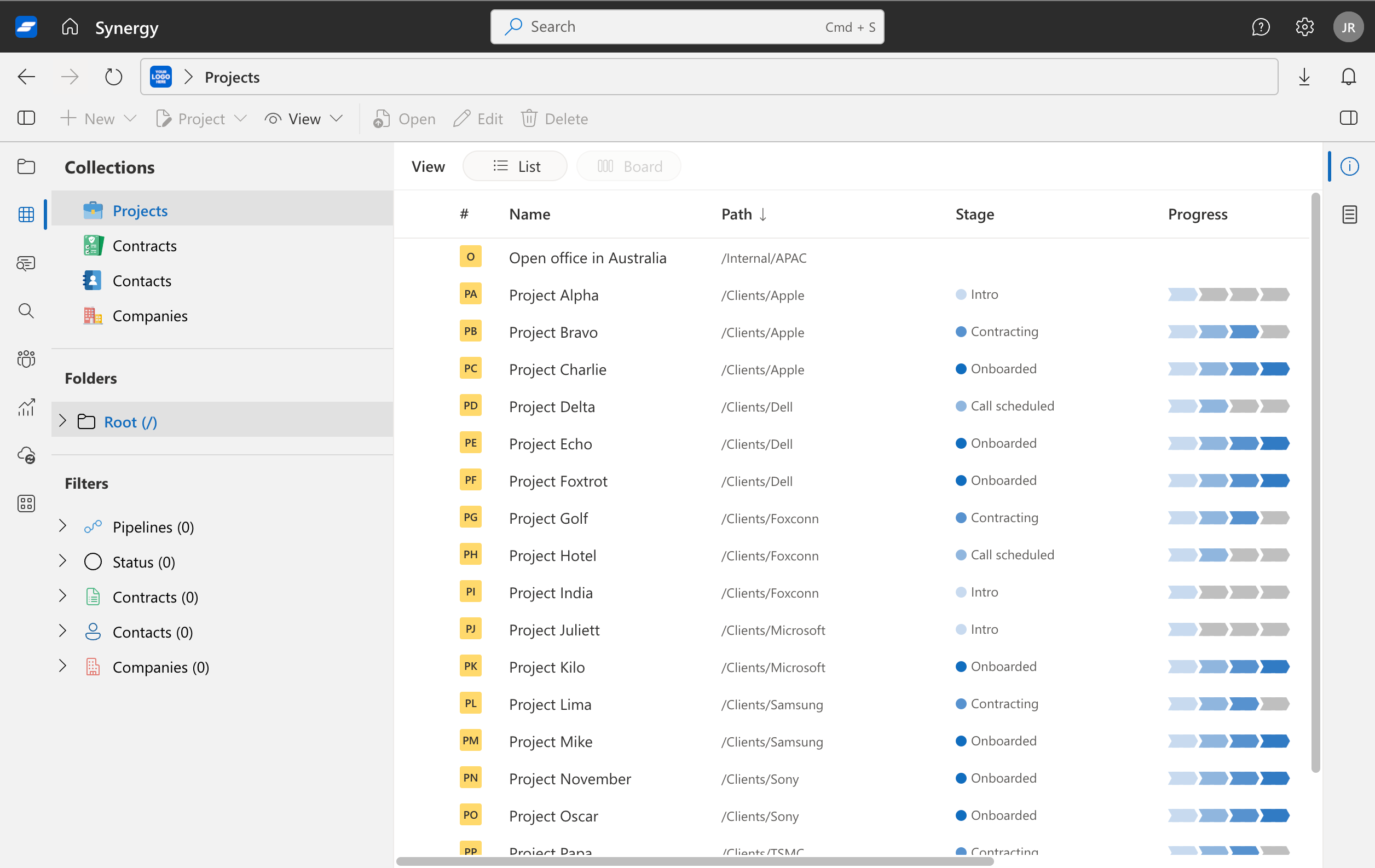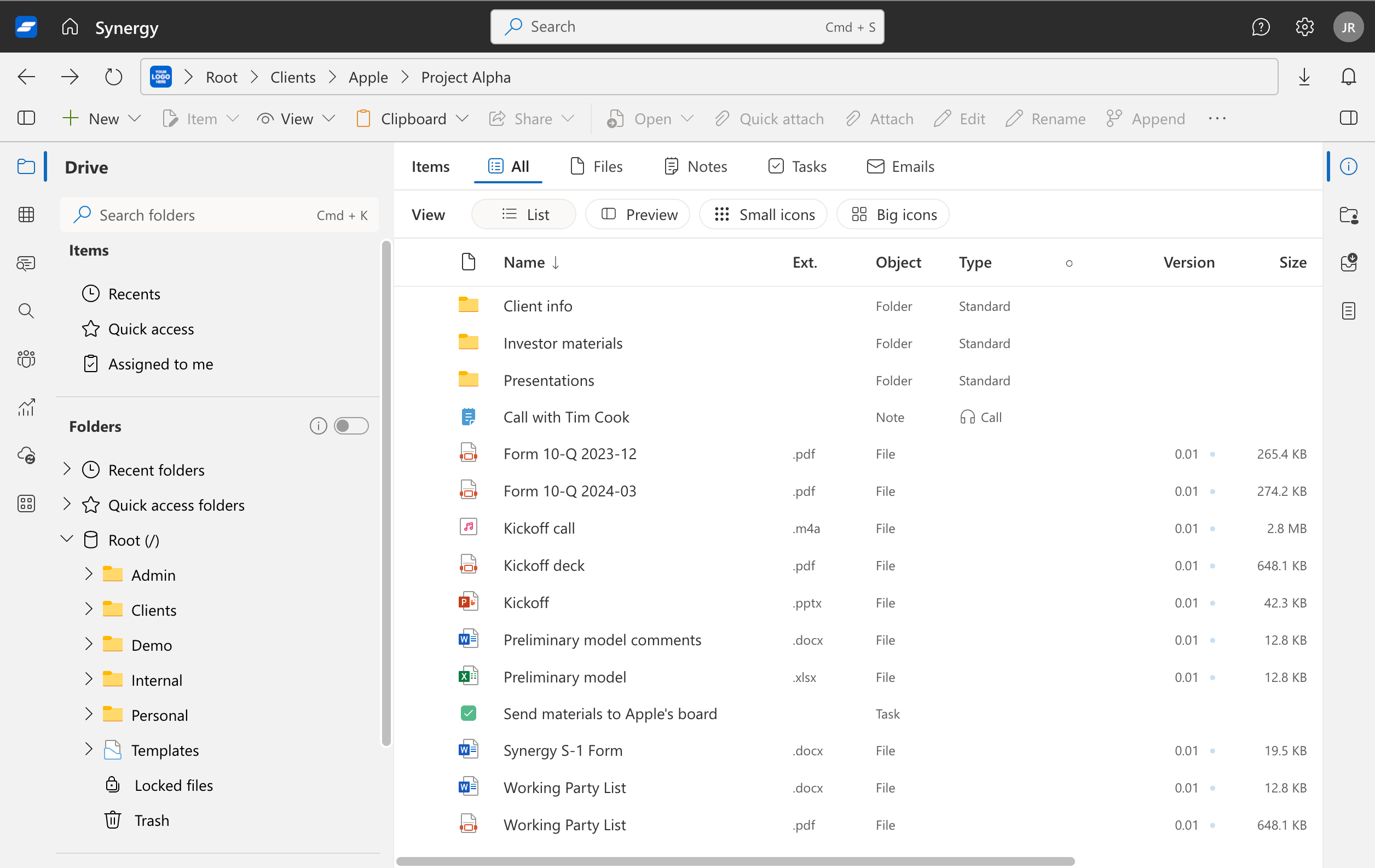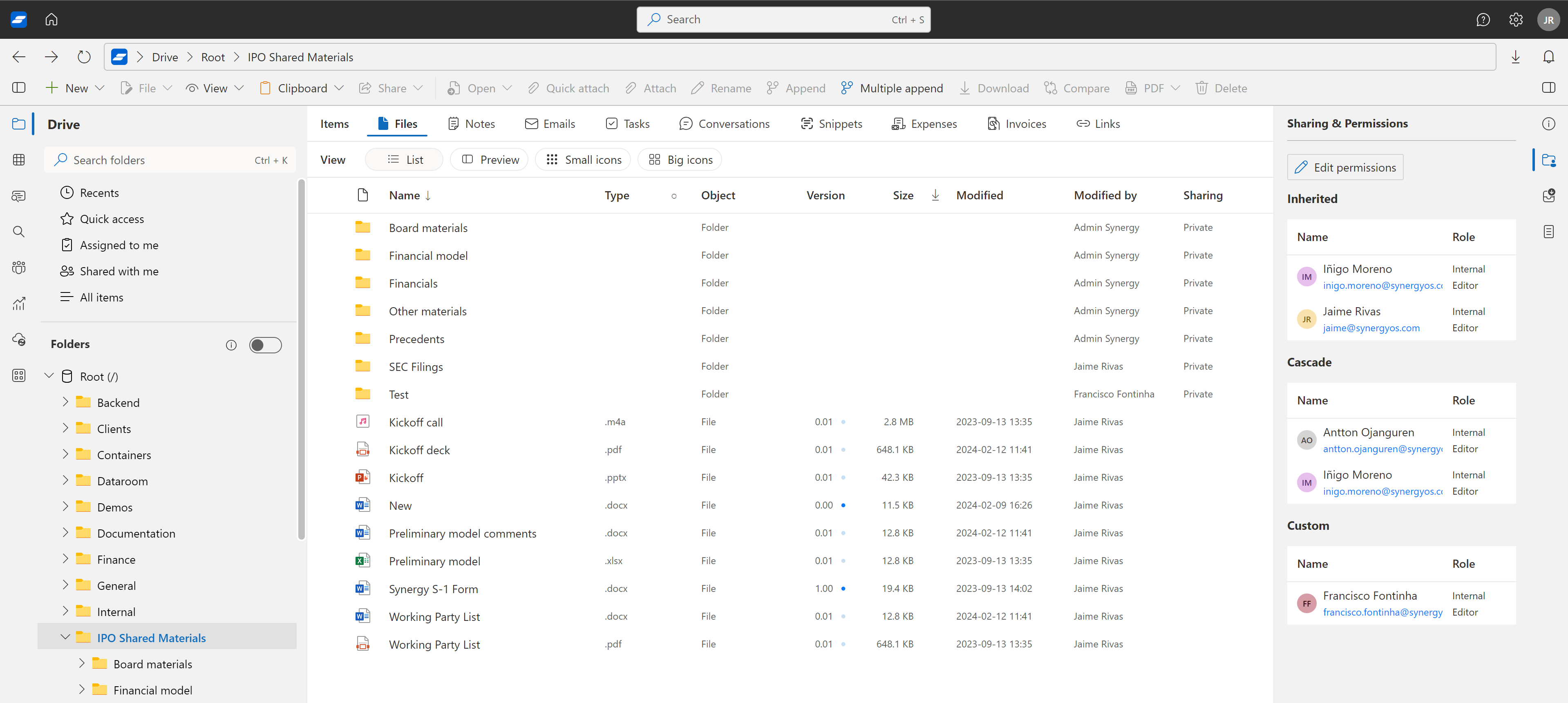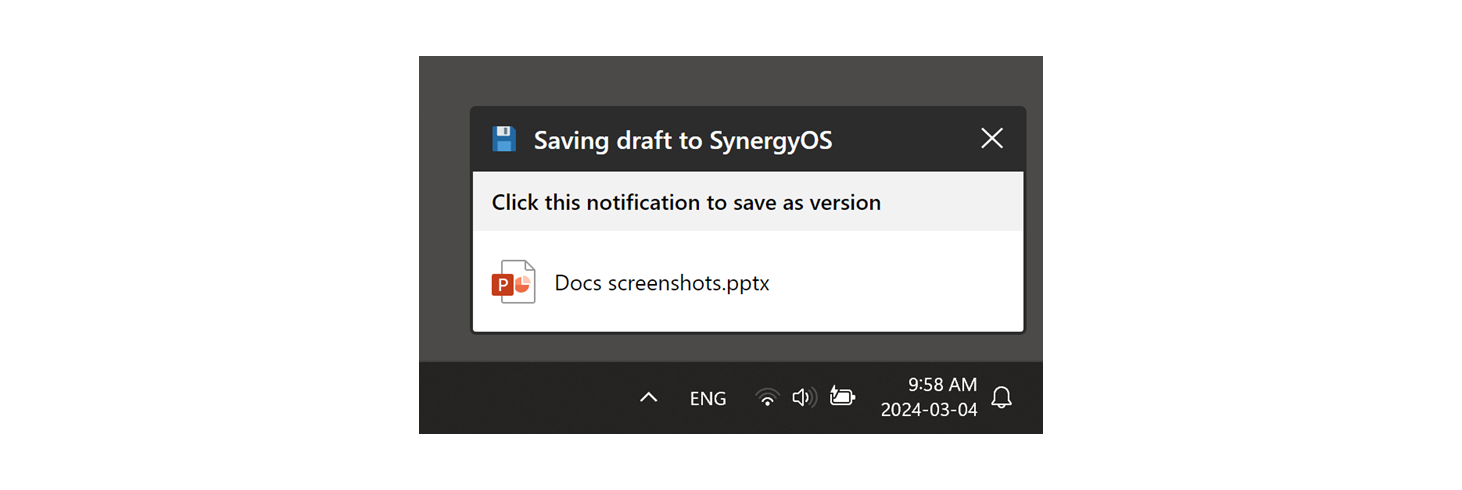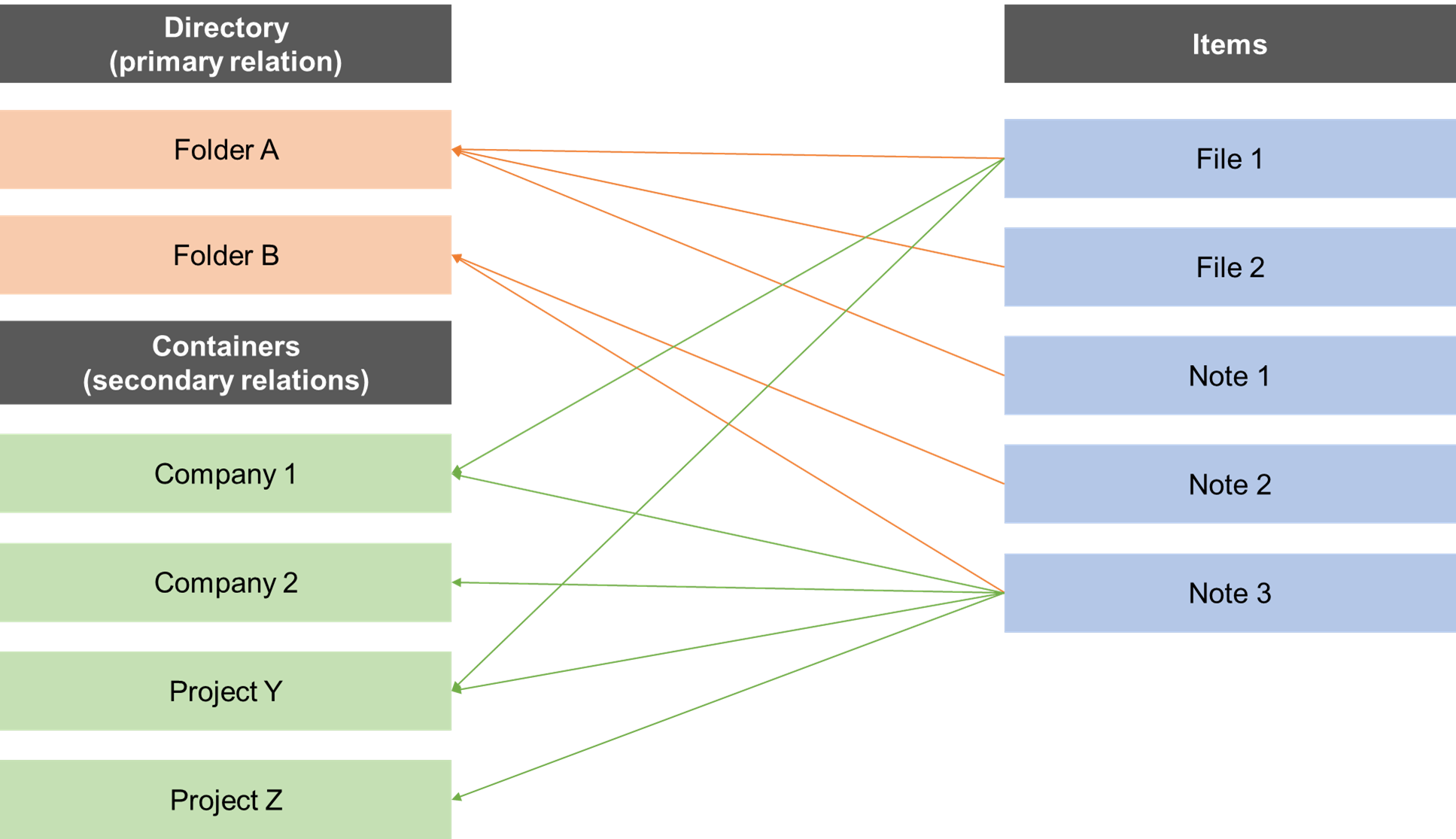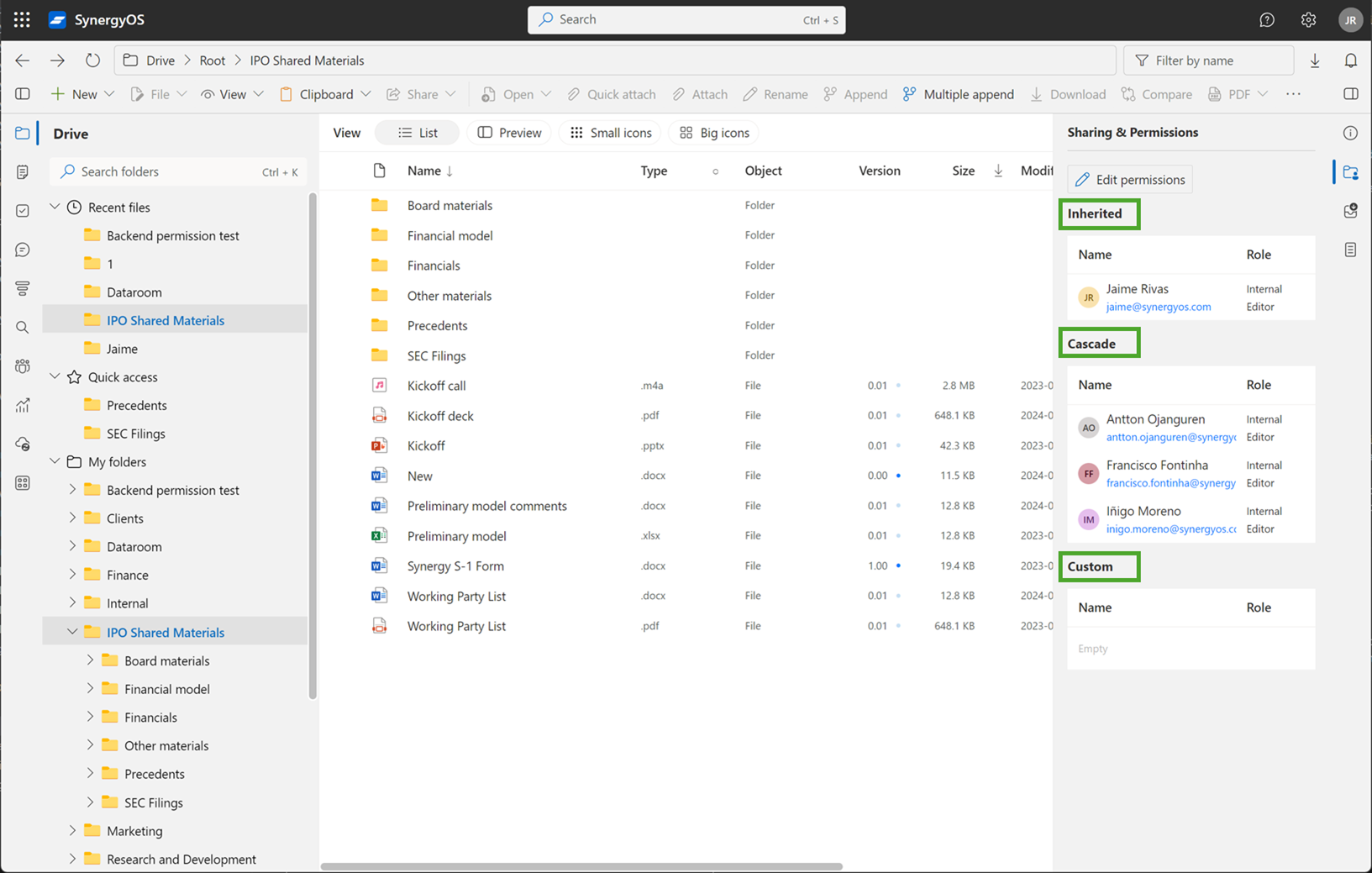September Newsletter
Welcome to the SynergyOS monthly newsletter for September 2024.
We are excited to launch an alpha version of the email client in SynergyOS. This month, we have also re-organized the main applications/tabs and updated the documentation site.
Email Client in alpha
We are thrilled to announce the alpha release of our new Email Client, seamlessly integrated within SynergyOS. Designed to enhance your communication experience, this email client connects with Microsoft 365 and Exchange accounts, providing a robust and secure platform for all your email needs.
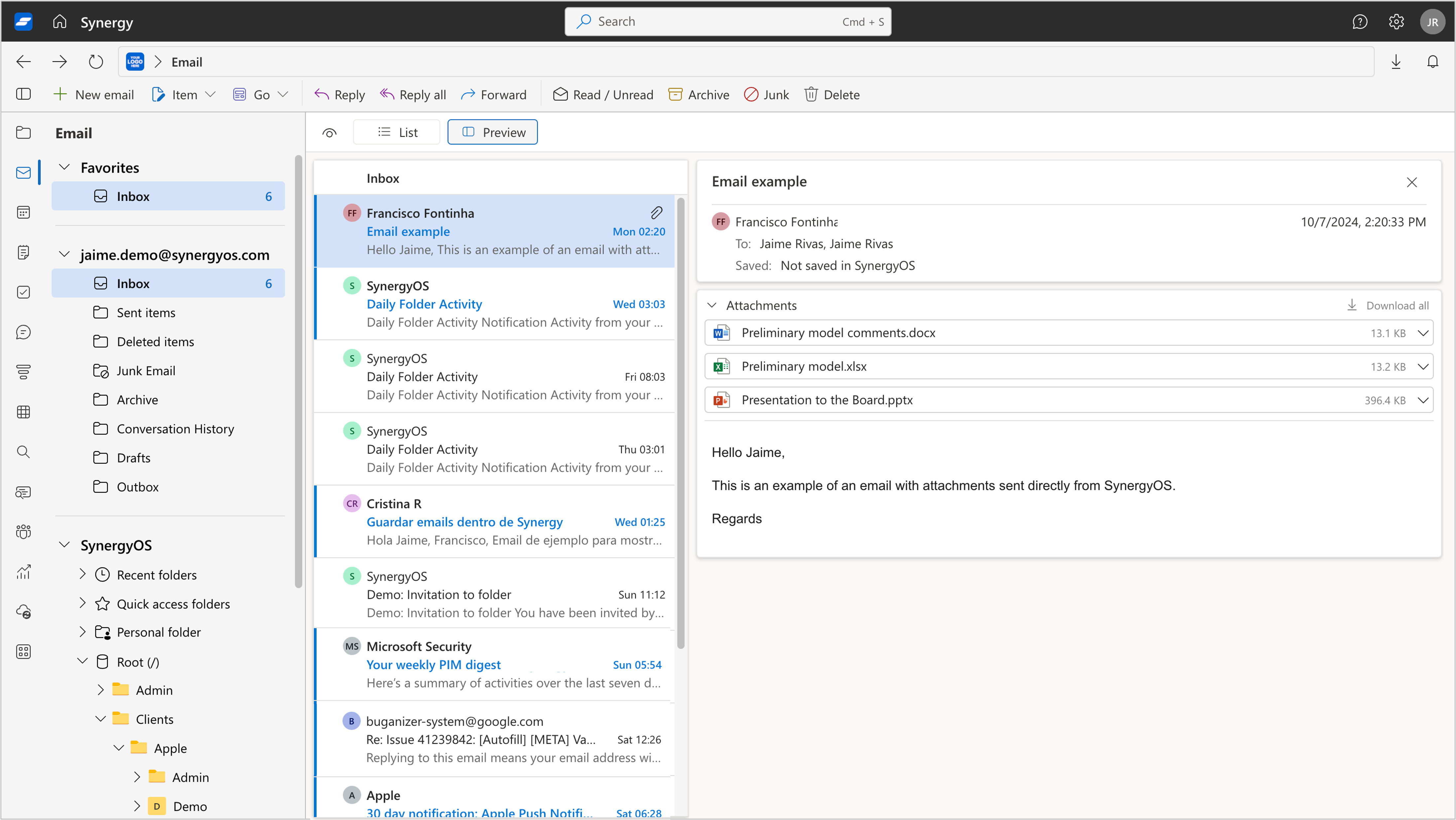
Key Benefits:
-
Unified Interface for Essential Business Tools: Access all your essential business tools — files, email, calendar, tasks, and notes — from a single interface. Eliminate the need for context switching between different applications, boosting your productivity and streamlining your workflow.
-
Unified Database and Folder Structure: For the first time in an email application, enjoy access to the same folder structure as the rest of your SynergyOS information. Benefit from a consistent permission system and a centralized database that serves as the single source of truth for all your data.
-
Seamless Email and Attachment Management: Save emails and attachments directly into your Synergy folders. Automatically append file versions to their original files, ensuring that all your documents are up-to-date and easily accessible within the platform.
-
Integrated CRM Activity Tracking: Every email saved in SynergyOS is tracked within the CRM. This integration allows you to effortlessly monitor the latest interactions with your contacts, companies, and projects providing a comprehensive view of your relationship management activities.
What to Expect:
As an alpha release, the Email Client is currently available to a select group of users who have opted in for early access. We encourage you to explore the new features and provide us with your valuable feedback. Your input is crucial in helping us refine the email client to better meet your needs before the full release.
How to Get Involved:
If you’re interested in participating in the alpha testing phase, please reach out to sign up. We look forward to your feedback and are excited to work together to enhance your SynergyOS experience.
Re-organization of the Main Applications/Tabs
In our continuous effort to improve user experience and streamline navigation, we have re-organized the main applications and tabs within SynergyOS. This re-organization is designed to make accessing your most-used tools faster and more intuitive, enhancing overall productivity.
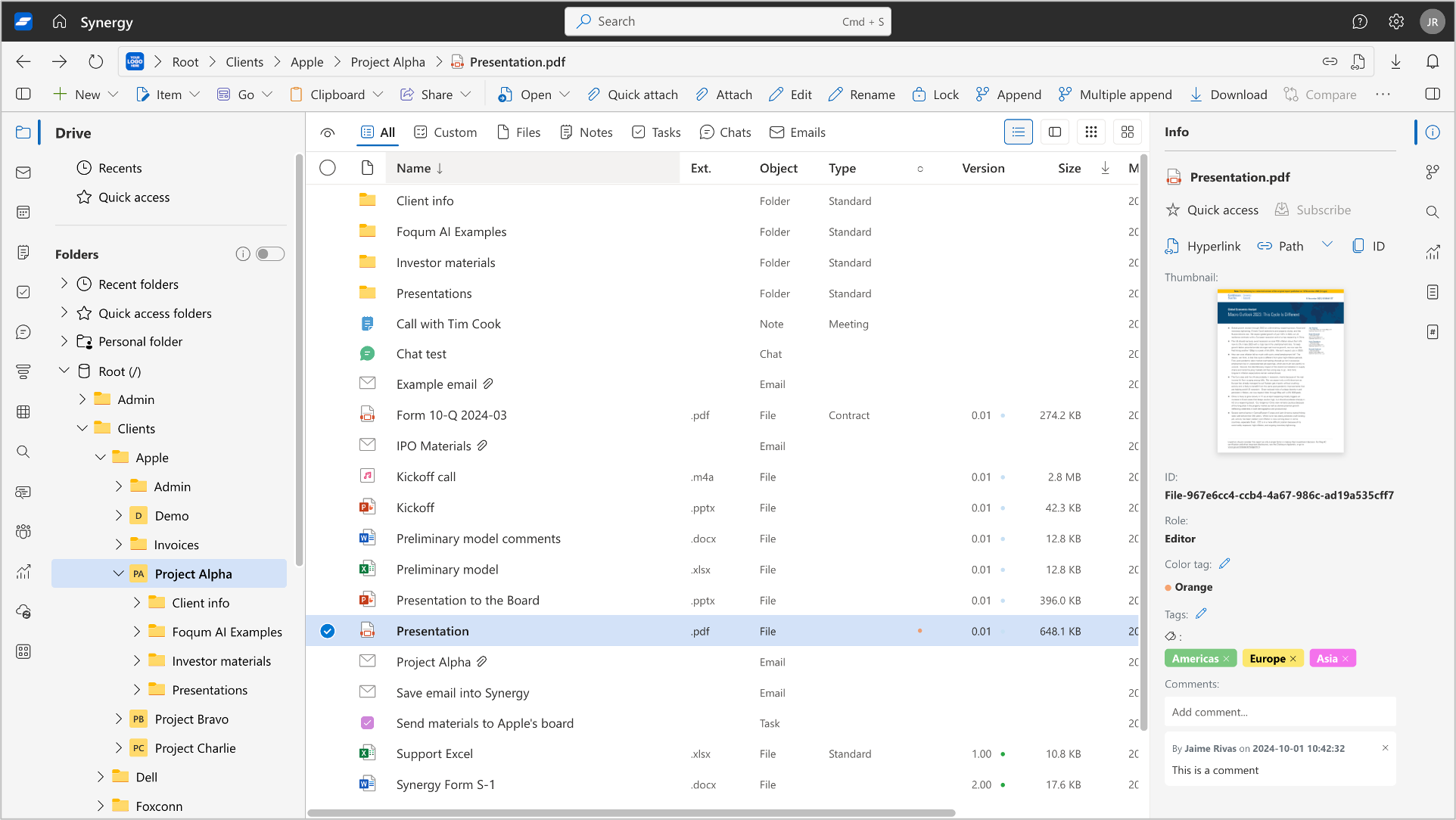
Summary of Default Apps:
SynergyOS includes a suite of core applications that cover essential functionalities for everyday productivity and collaboration:
- Drive: Centralized file and note management with version control, secure sharing, and organizational tagging.
- Email: Integrated email client for managing all communications, complete with tagging, folder organization, and linking to projects and contacts.
- Calendar: Event and meeting scheduler with shared calendars, reminders, and integration with tasks and contacts.
- Notes: Rich text note-taking with templates, tagging, and linking capabilities for ideas, meeting minutes, and project details.
- Tasks: Efficient task management system allowing creation, assignment, prioritization, and progress tracking of tasks.
- Chats: Real-time messaging for individuals and groups, supporting file sharing and seamless collaboration across projects.
- CRM: Comprehensive customer relationship management encompassing Contacts, Companies, and Projects, with detailed linking and tracking features.
- Search: Advanced search functionality across all items, featuring filters, keyword search, and saved search folders for quick access to relevant information.
Optional Apps:
- Collections: Allows the creation of custom data types and metadata beyond the default ones provided by the CRM app.
- Workflow: Automate tasks and processes to increase efficiency.
Utilities
includes a set of utilities tabs designed to enhance user experience and provide additional functionality. These tools are accessible through dedicated tabs and help users interact with the platform more effectively. Examples of utilities:
- Document converter
- Exported folder trees
- Subscriptions
- Search folders
We believe these changes will significantly enhance your interaction with SynergyOS, making your daily operations smoother and more efficient. As always, we welcome your feedback to continue refining the platform to better serve your needs.
Updated Documentation Site
We are pleased to introduce a updated documentation site for SynergyOS. Our goal is to provide you with comprehensive, easy-to-navigate resources that empower you to make the most of our platform.
Visit our updated documentation site at docs.synergyos.com to explore the new features and resources. We encourage you to take advantage of these tools to enhance your SynergyOS experience and to provide feedback on how we can continue to improve our documentation.
2024-09 Roadmap
As we move into the final quarter of the year, we continue our work on a comprehensive email and calendar client within SynergyOS, aimed at replacing traditional tools like Outlook or Gmail.
We invite you to share your thoughts on how you currently manage emails and calendars and how we can improve your workflow within SynergyOS.
Stay tuned for more updates and thank you for being a valued member of the SynergyOS community!
The SynergyOS team
